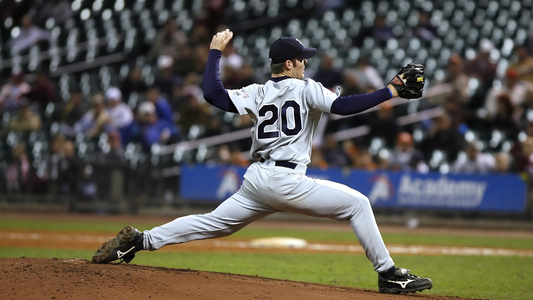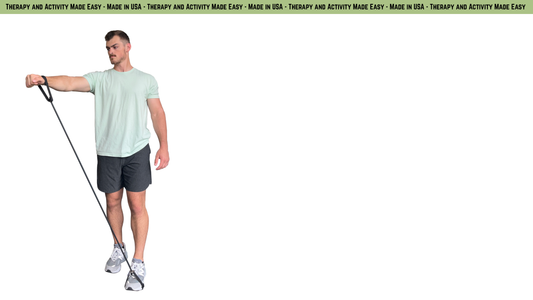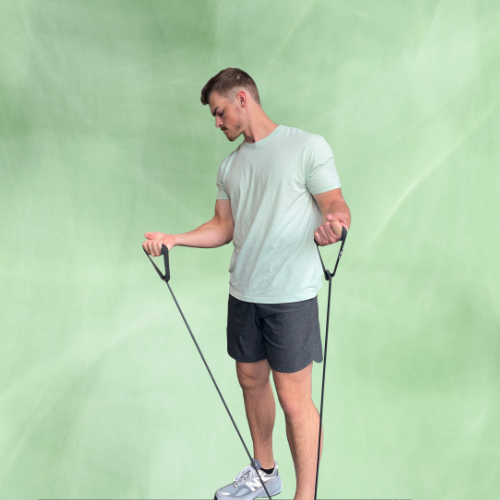5 Most Common Sports Injuries
Sports enthusiasts, from weekend warriors to elite athletes, often face the risk of injuries as they push their bodies to the limit. Whether you're engaged in high-impact team sports or solo pursuits, understanding the most common sports injuries is crucial for prevention, early intervention, and effective rehabilitation. In this comprehensive guide, we'll delve into the five most prevalent sports injuries, shedding light on their causes, symptoms, and best practices for treatment and prevention.
1. Strains and Sprains
Causes: Strains and sprains are among the most ubiquitous injuries in the realm of sports. A strain occurs when a muscle or tendon is stretched or torn, while a sprain involves the stretching or tearing of ligaments. Both injuries often result from sudden movements, overexertion, or inadequate warm-up.
Symptoms: Symptoms may include pain, swelling, limited range of motion, and muscle spasms. In severe cases, strains and sprains can lead to bruising and difficulty bearing weight on the affected limb.
Treatment and Prevention: Immediate treatment involves rest, ice, compression, and elevation (R.I.C.E.). Physical therapy and gradual rehabilitation exercises are essential for restoring strength and flexibility. To prevent strains and sprains, athletes should prioritize warm-up routines, proper technique, and adequate rest between intense sessions.
2. Tennis/Golfer's Elbow
Causes: Tennis elbow (lateral epicondylitis) and golfer's elbow (medial epicondylitis) are repetitive strain injuries affecting the forearm muscles and tendons. Overuse of these muscles, common in racquet sports, golf, and weightlifting, can lead to microtears and inflammation.
Symptoms: Pain and tenderness on the outer (tennis elbow) or inner (golfer's elbow) side of the elbow are hallmark symptoms. Grip strength may be compromised, and activities involving wrist and forearm movement can exacerbate the pain.
Treatment and Prevention: Rest, ice, and anti-inflammatory medications help alleviate acute symptoms. Stretching and strengthening exercises, coupled with modifications to technique and equipment, aid in long-term recovery. Athletes can prevent these injuries by using proper equipment, maintaining good form, and incorporating forearm strengthening exercises into their routine.
3. ACL Tears
Causes: Anterior Cruciate Ligament (ACL) tears are prevalent in sports requiring sudden stops, changes in direction, and jumps. High-impact sports like soccer, basketball, and skiing pose a higher risk due to the dynamic movements involved.
Symptoms: The classic "pop" sound at the time of injury is often reported. Swelling, instability, and difficulty bearing weight on the affected knee are immediate symptoms. Over time, chronic instability may develop.
Treatment and Prevention: Surgical intervention is common for ACL tears, followed by extensive rehabilitation. Non-surgical approaches may be considered for less severe cases. Prevention strategies include neuromuscular training, proper landing techniques, and strengthening exercises for the quadriceps and hamstrings.
4. Concussions
Causes: Concussions are traumatic brain injuries resulting from a blow to the head or body, causing the brain to move within the skull. Contact sports such as football, soccer, and hockey present a higher risk, but concussions can occur in any athletic activity.
Symptoms: Symptoms may include headaches, dizziness, confusion, nausea, sensitivity to light, and memory loss. In some cases, symptoms are immediate, while in others, they may develop over time.
Treatment and Prevention: Immediate removal from play is crucial to prevent further injury. Rest and gradual return to activity are key components of concussion management. Prevention involves proper equipment, rule enforcement, and education about recognizing and reporting symptoms.
5. Shin Splints
Causes: Medial tibial stress syndrome, commonly known as shin splints, results from overuse and repetitive stress on the shinbone and the tissues attaching muscles to the bone. This injury is prevalent in runners, dancers, and athletes engaging in high-impact sports.
Symptoms: Pain along the inner edge of the shinbone is the primary symptom. The pain may be dull or sharp, and it often intensifies during or after exercise.
Treatment and Prevention: Rest and ice help alleviate acute symptoms. Proper footwear, gradual increases in activity intensity, and incorporating strength training for the lower leg muscles contribute to prevention. Stretching and flexibility exercises are also crucial in managing and preventing shin splints.
Conclusion
While sports injuries are an inherent risk, understanding their causes, symptoms, and preventive measures empowers athletes to make informed decisions about their training and recovery. Incorporating proper warm-ups, technique refinement, and targeted strengthening exercises can significantly reduce the risk of common sports injuries.
One versatile option for targeted strengthening exercises is an adjustable band station. These stations offer a range of resistance levels, making them ideal for individuals recovering from strains, sprains, and other injuries.
Additionally, early intervention and a comprehensive rehabilitation plan are key to a swift and successful recovery. By prioritizing both physical health and injury prevention strategies, athletes can continue to enjoy the thrill of sports while minimizing the impact of potential setbacks.



